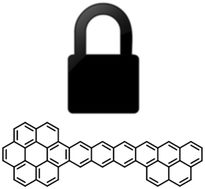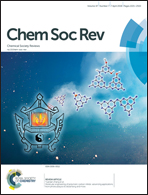Molecules for security measures: from keypad locks to advanced communication protocols
Abstract
The idea of using molecules in the context of information security has sparked the interest of researchers from many scientific disciplines. This is clearly manifested in the diversity of the molecular platforms and the analytical techniques used for this purpose, some of which we highlight in this Tutorial Review. Moreover, those molecular systems can be used to emulate a broad spectrum of security measures. For a long time, molecular keypad locks enjoyed a clear preference and the review starts off with a description of how these devices developed. In the last few years, however, the field has evolved into something larger. Examples include more complex authentication protocols (multi-factor authentication and one-time passwords), the recognition of erroneous procedures in data transmission (parity devices), as well as steganographic and cryptographic protection.



 Please wait while we load your content...
Please wait while we load your content...